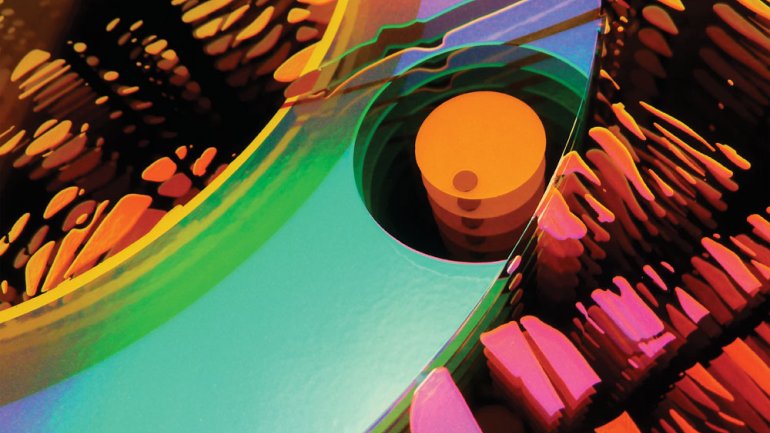How Important Is History to Your Work?
How Important Is History to Your Work?
One might see art as man’s proto-science. Some of the earliest examples we have of man’s attempts to explain, to communicate, and to determine his world are the art and artifacts he left behind. Perhaps they exemplify his first awareness of a past and a future beyond the all-encompassing present.
Through time, we have developed science and technology to explain and shape our world. But we have not strayed that far from our ancestors’ urge to create and to shape. One might see this process as coming full circle, as we are dazzled by the images of our universe provided by the Hubble telescope.
The Saturn V moon rocket [Dream Rocket Project] is the ideal example of achieving a dream that was considered impossible. By wrapping the rocket with our dreams, it is an inspiring visual reminder that dreams can come true. If we can work together to put man on the moon, we can achieve the future of our dreams.
~Jennifer Marsh, director, International Fiber Collaborative, and professor of art at Washburn University, Topeka, KS
I respect history and I respect art history, but I don’t think about it. The real question to be asked might be “How important will my work be to history?”
~Tom Patti, artist, designer, and innovator, Pittsfield, MA
History is in every piece we make. Many of the shapes we produce today have been made consistently over the past 64 years, since Heath Ceramics opened. When we embark on new ideas, we look forward and create, keeping in mind the spirit in which the original pieces were made. When something is created, it is integrally tied to the story of how it came to be. This is how history integrates into our objects.
~Catherine Bailey, creative director, Heath Ceramics, Sausalito, CA
It’s rather unavoidable, isn’t it? I bring my own history to every project I work on. Maybe because I work collaboratively with my friend, Deb Cashatt, as the Pixeladies, I am more acutely aware of how our different histories have shaped us. We often debate on how that history gets woven into our projects. I’d also like to think I’m part of the art historical continuum, although Dürer, Picasso, and O’Keeffe may beg to differ.
~Kris Sazaki, fiber and computer artist, Pixeladies, Cameron Park, CA
History informs everything that I do in the shop or at the drafting table, whether I’m building an 18th-century-style workbench or an Eames table. But I don’t seek to replicate – that’s like using a phrasebook for a foreign language. Instead, I try to become fluent in “campaign furniture” or “French workbench” and build things using those same rules of syntax and grammar.
My guiding principle is from John Ruskin’s Stones of Venice: “Never encourage copying or imitation of any kind, except for the preserving of great works.”
~Christopher Schwarz, editor at Lost Art Press and author of The Anarchist’s Tool Chest, Fort Mitchell, KY
A teacher once told me that history creates hindsight but is itself subject to the evaluative context of the historian. I have frequently told anyone who will listen that I expect my work to be discovered in a midden heap hundreds of years from now. There is great satisfaction in knowing that the march of history will inevitably define my work’s importance, and I am content knowing that I will probably be considered anonymous.
~Judy Stone, enamelist, El Cerrito, CA

